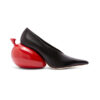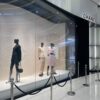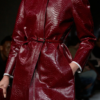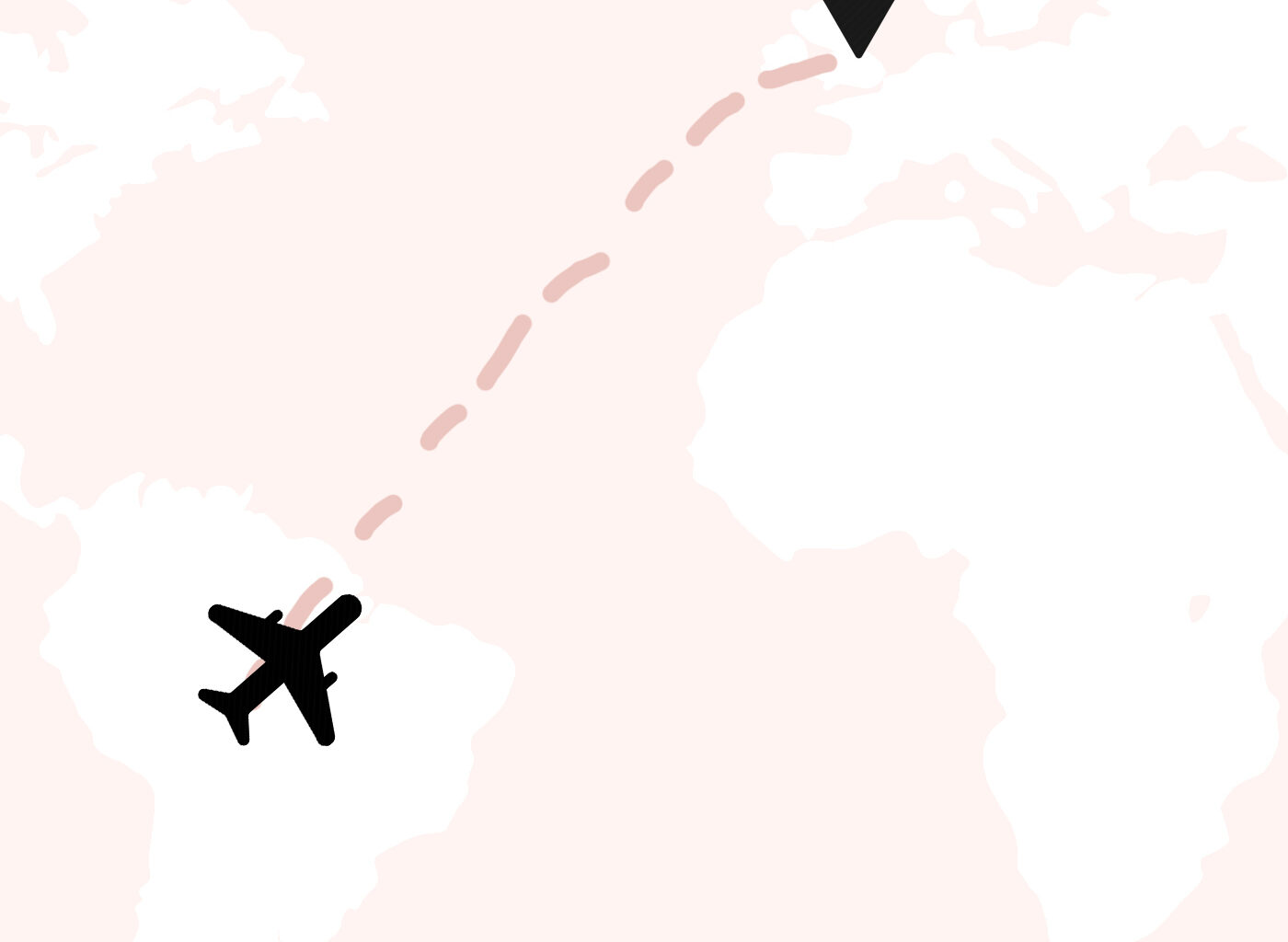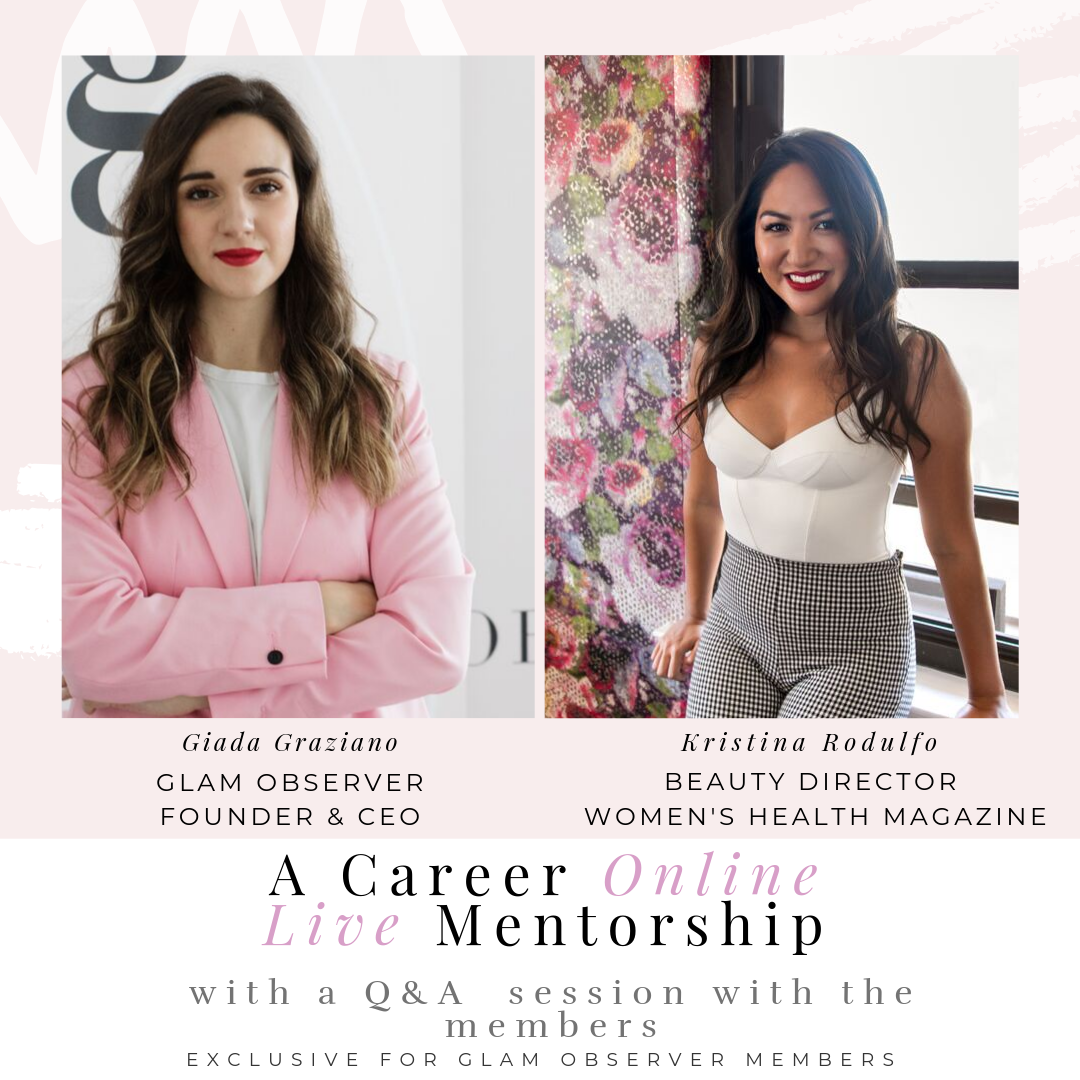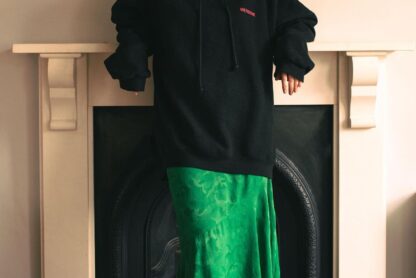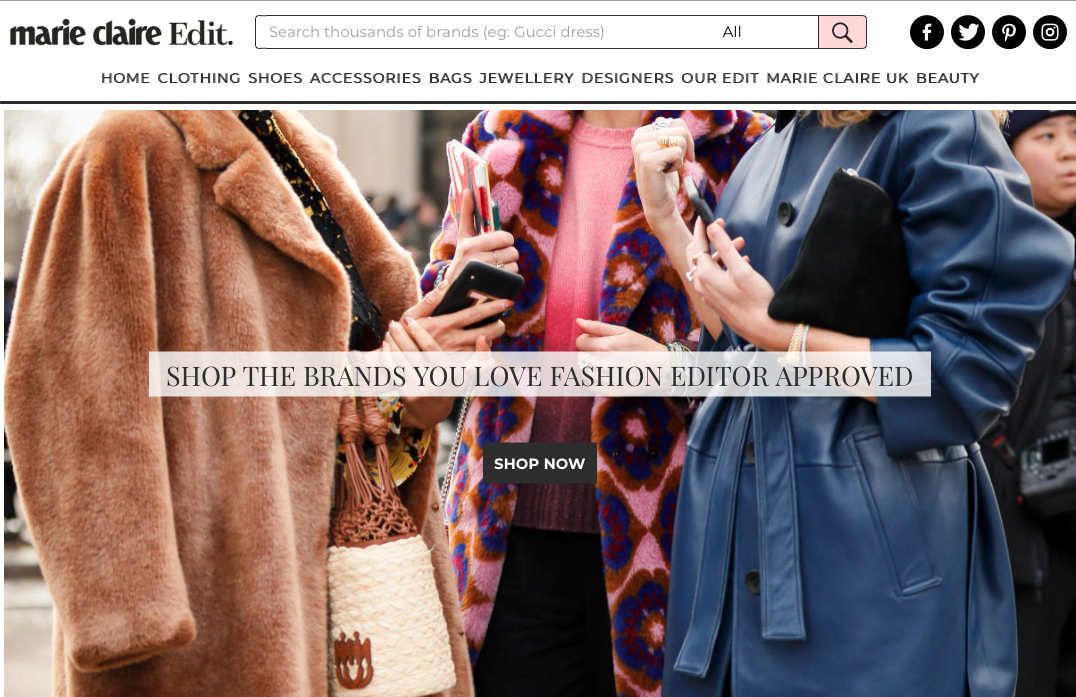Commencing her styling career in Brazil, Manuela executed various internships and assistant positions before deciding to rather moving to London. She took a job in retail and afterwards started to intern at Elle and Marie Claire, Red Magazine, Dazed and Matches Fashion, whose positions build up her skillset and made her CV valuable for the competitive London market.
Today she executes the position of an Online Stylist at the prestige retailer Selfridges. In this interview, she shares her experience of moving countries for the passion for fashion and some Magazine insights with you.
1. Hi Manuela. We are happy you are open
Hi Lilly and hello to the Glam Observer community. My name is Manuela Soliz I’m 34 and I’m from Brazil. I moved to London 5 years ago to study fashion and, after finished my studies, I decided to stay in London and work in the fashion industry here. I began my career interning in a number of fashion publications and went on to work as an Stylist Assistant for MatchesFashion.com and Boutique 1. Currently I’m working as an Online Stylist for Selfridges, one of the biggest multi brand retailers in the UK.
2. Your career firstly kicked off in Brazil, where you started working as an assistant stylist. What is the fashion industry in Brazil like?
Before I started my BA in Fashion Design in London I studied on some courses in Brazil where I was able to meet and work with people from the industry there. I am from the south of Brazil, from a city called Port Alegre, and back then the ecommerce market was just starting and it was very small. My first job there related to fashion was with 2 small independent designers and I was involved in helping chose fabrics and trims, designing ideas, researching, creating look books and even selling at small events or street fairs. The industry now in Brazil has grown a lot and most of the companies are based in the commercial centres like Rio de Janeiro and Sao Paulo where some of my friends have moved to get better opportunities.
3. You then moved to London, a place not really close by your home country. What made you decide so and how did you manage the moving?
When I decided to change my career in Brazil and started to work with fashion, I begin to look for some short courses so I could have a better understanding of the industry and what I could do. After a year of studying in
4. Have you started applying to positions in London before moving there? How did you hear of certain positions?
Before I move to London, I had no idea how the market worked here. I presumed that there were a lot of opportunities but I also knew that it would be very competitive. I didn’t apply to any jobs before I moved and while I was studying I worked part-time as a shop assistant. It was only when I was finishing my BA that I started looking for more
5. Your first internship in London has been at Elle Magazine, which was followed by Marie-Claire, Red
Interning was a big and
I believe that I wouldn’t be where I am right now without the internships. They allowed me to gain experience in the industry, build connections and have a strong work ethic.
6. In how far did the fashion internships at the publications differ? What belonged to your tasks and do you have any recommendations on what to ideally put on your CV and Cover Letter when applying for internships at fashion magazines?
As I mentioned before, as much as the description for the internship looks the same, is up to you to work hard and make them different. There are some basic procedures that I did in all of them but I was always trying to learn more and show how important it was for me to be there and doing that job. Most of the publications require interns to do returns and
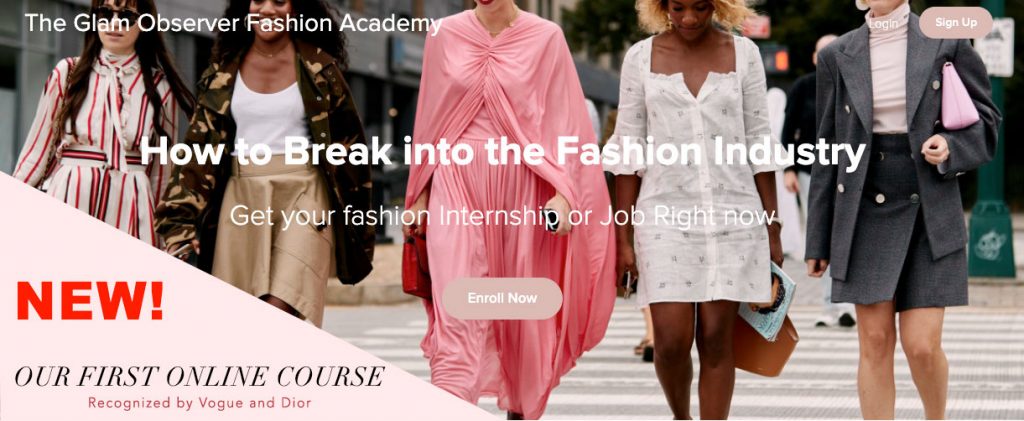
When you are applying for a position make sure you describe every task that you’ve done before so they can see your experience. On your cover letter describe your skills, your motivation for the role and why you think people going for the same position and you have to make someone believe that you are the most suitable for the role. Once you get called for an interview, there’s no problem saying that you don’t have enough experience regarding what they are asking, just show that you are willing to learn and you are able to do it. Be confident and have a positive attitude. Also being organised, punctual and aware of the season shows are key elements to work in the industry.
7. What was the biggest challenge for you, after having settled in the UK?
My biggest challenge since I moved here is believing in myself and believing that everything is going to be fine. Opportunities don’t fall into your lap, you have to fight for them and staying motivated all the time is not easy. But I was never afraid or ashamed of doing simple and small tasks – I’ve learned that it is how the industry works and picking up a cup of coffee for someone is not the end of the world. Once you are settled and at peace with yourself you will realise that there are a lot of people in the same situation as you and you will have a lot of stories to share. The fashion industry is competitive but the way you see things and approach them will make this competition disappear. You can make great friends along the way too.
8. Any advice on how to start building a network and entering the industry in a foreign country?
My advice would be to discover who are the people in the industry that you admire and that you would like to work with in the country you are based. If it’s a big name and you don’t think you have enough experience to approach that person yet, try to retrace their steps. Look where they worked before, who they were assisting, what type of experience they have and, from that, build your way.
9. You now work as Online Stylist at Selfridges. How did you
I started to work at Selfridges in January of 2018. I applied to the position through their website and I was working as an ecommerce assistant for a year before I applied. I had enough experience before I decided to move positions and I knew how an
My role consists of styling the looks for products on the website. Because Selfridges is a
10. What does a typical day at the office look like for you?
Because of the way that Selfridges works I have two typical days. One day I receive the products that I’m going to shoot on the next day, so I spend the entire day researching the brands, trends, shows
Are you struggling with getting a job in fashion or don’t know where to start from? Enroll now in How to break into the fashion industry, the online course that is helping all the students getting their dream job in fashion

